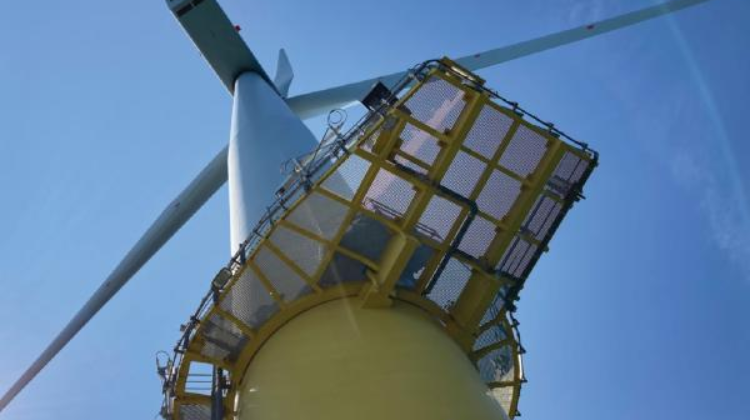At the Future Energy Wales conference, the Minister for Economy, Energy and Planning, Rebecca Evans, unveiled the Welsh Government’s Port Prospectus, a document highlighting the strategic role of the nation’s ports in driving offshore wind expansion.
The prospectus estimates that the sector could create 29,000 jobs, deliver an economic impact of £4.5 billion, and supply clean energy to over four million Welsh homes by 2030. Forecasts indicate that total offshore wind capacity along the Welsh coast could surpass 20 GW by 2045.
Located less than 50 kilometres from designated development zones in the Celtic Sea, Wales benefits from a coastline featuring natural deep-water harbours and mature supply chains. Combined with the country’s experience in the north — where the Port of Mostyn has deployed more than 500 turbines and hosts the UK’s first fixed-bottom offshore wind farm — these assets position Wales as “the gateway” to offshore wind growth in Europe.
The document also underscores how Wales’ two Freeports offer investors tax incentives, simplified customs procedures, and development-ready land. Additional support includes a broad range of investment and infrastructure programmes, alongside government funding for renewable energy skills training across the nation.
Key statements from industry leaders
Evans remarked that “the UK’s clean energy revolution represents a generational opportunity to build a more prosperous future while delivering the infrastructure our country needs for energy security.” She stressed that Wales, with its deep-water ports close to lease areas and an agile, scalable supply chain, stands as “one of Europe’s most strategic locations for offshore wind development.”
Ashley Curnow, Divisional Port Manager for Wales and the South West at Associated British Ports, noted that the ports of Swansea and Port Talbot are “exceptionally well positioned” to support both fixed and floating wind projects thanks to extensive available land and robust transport connections.
Jim O’Toole, Managing Director of the Port of Mostyn, highlighted the port’s strong record in the offshore wind sector, having already deployed over 500 turbines and now developing new multipurpose quayside infrastructure for future fixed and floating foundation projects.
Meanwhile, Tom Sawyer, Chief Executive at the Port of Milford Haven, emphasised that the Celtic Freeport incentives and Pembroke Port’s industrial expertise provide “a prime gateway” to floating offshore wind in the Celtic Sea. Upcoming projects include extended quays, deeper water access and increased load capacity — measures designed to accelerate the deployment of FLOW and establish a world-class offshore supply chain anchored in Wales.





























